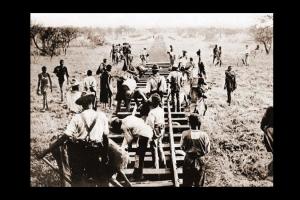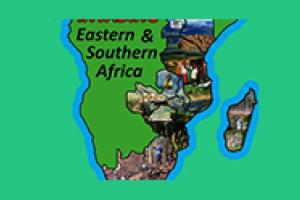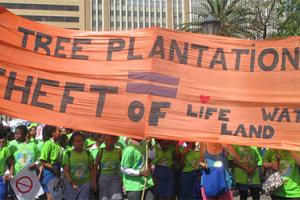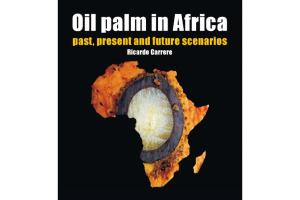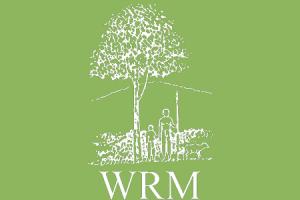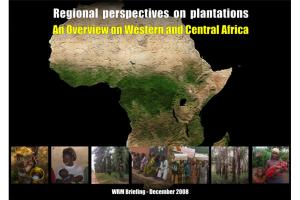In order to better understand peoples' struggles across the southern and eastern regions of Africa, reflecting on its history is crucial. This editorial highlights some parts of this history. And this, of course, is just the tip of the iceberg.
Burundi
Bulletin articles
9 January 2018
Other information
9 January 2018
This briefing, compiled by the World Rainforest Movement (WRM) and the Timberwatch Coalition (TW), is now also available in Swahili. It focuses on various internal and external factors determining changes in the extent of land under industrial tree plantations in 11 eastern and southern African countries: Malawi, Mozambique, Zambia and Zimbabwe; Kenya, Tanzania and Uganda; South Africa, Swaziland and Lesotho; and Madagascar.
Bulletin articles
9 January 2018
This article gives an overview on the industrial tree plantation expansion threat in eastern and southern African countries, its external drivers, as well as the challenges this expansion presents to affected communities struggling to defend their land and livelihoods.
Publications
30 August 2013
Governments are opening the doors to corporations for planting vast areas of land with oil palm plantations. This trend is not only happening in West and Central African countries, but is even expanding to parts of Eastern Africa. Large scale oil palm plantations are already causing serious environmental and social impacts in some countries, resulting in loss of community rights over their territories.
Bulletin articles
29 April 2009
The Batwa (often described as “pygmies”) are widely regarded as the original forest-dwelling inhabitants of the Equatorial forest in the Great Lakes Region comprising Uganda, Burundi, Rwanda and the Democratic Republic of Congo. In Uganda, they lived in the forest of the Mufumbira Mountains in the South West. They were hunter-gatherers that relied on the forests for their livelihood and found in the forests the sustenance for their spiritual and social life.
Publications
15 December 2008
Oil palm and rubber plantations occupy extensive areas in many countries in tropical Africa. In spite of their social and environmental impacts, until now they have received scant attention both at the national and international level.
Bulletin articles
21 March 2005
With an area of 27,834 sq km, landlocked Burundi is a battleground between the Rwandan army and militia from the Congo, and is plagued by a protracted civil war, which has claimed the lives of thousands of Burundi civilians.
The over 5 million Burundi population is unevenly distributed geographically, with large populations displaced by economic crisis and war, forced to change their livelihoods.
Bulletin articles
3 May 2004
The Twa were the first inhabitants of the equatorial forests of the Great Lakes region. Originally a high-altitude forest people, inhabiting the mountains of the Albertine Rift Area in Central Africa, they specialized in hunting and gathering. At present, the Twa of the Great Lakes region of Central Africa live in Burundi, eastern Democratic Republic of Congo (DRC), Rwanda and southwest Uganda.
